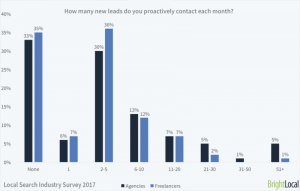Competition among credit cards is becoming increasingly intense. And with the current market offering low introductory offers and rich acquisition incentives, it is becoming harder and harder to retain loyal customers. A 2016 survey conducted by CreditCards.com revealed that 24% of respondents indicated a card switch over the past three years, with 43% of Millennials making a switch.
One effective strategy to help discourage this card switching is to encourage “sticky behavior,” or card usage that requires effort on the cardholder’s part to change in the future. Types of sticky behavior include:
- automatic bill payments,
- online purchase platforms and
- mobile wallets and apps.
Automatic bill payments
Encouraging the use of a card to pay automatically for recurring bills is a time-tested strategy to improve card stickiness. If a card offers some form of rewards program, the incentive is an easy sell: “Earn rewards automatically every month — for bills you have to pay anyway.” Otherwise, incentives include convenience and security. But bill pay communications shouldn’t lead with an auto pay message. We’ve learned through testing that the most effective strategy is to first encourage using the card to pay a single, one-time bill. Once customers have done that, they’ll be more willing to migrate to automatic recurring payments.
Online payments
Another way to increase card stickiness is to encourage card usage with online payment systems and e-retailers that enable purchases with stored credit card information, such as PayPal, Amazon.com and iTunes. An effective marketing strategy to encourage this kind of sticky behavior is to remind cardholders that they could be earning rewards on their online purchases.
Mobile wallets and apps
The use of mobile wallets and payment apps, such as Apple Pay, Android Pay and Google Pay, is increasing at a rapid pace. This presents a unique set of opportunities for credit card marketers. These platforms typically allow for multiple cards, with one card being the default payment method. The key to driving sticky behavior in this platform is to encourage cardholders to make their card the default payment method. Again, earning rewards is an effective motivator. However, because switching default payment methods in these platforms is relatively easy, the key to remaining “top of wallet” is to develop ongoing communications with incentive offers.
As digital technology continues to evolve, there will certainly be even more opportunities to encourage card stickiness. It’s important to stay ahead of the curve so you can educate cardholders early and be “the first to stick.”
Business & Finance Articles on Business 2 Community(21)



